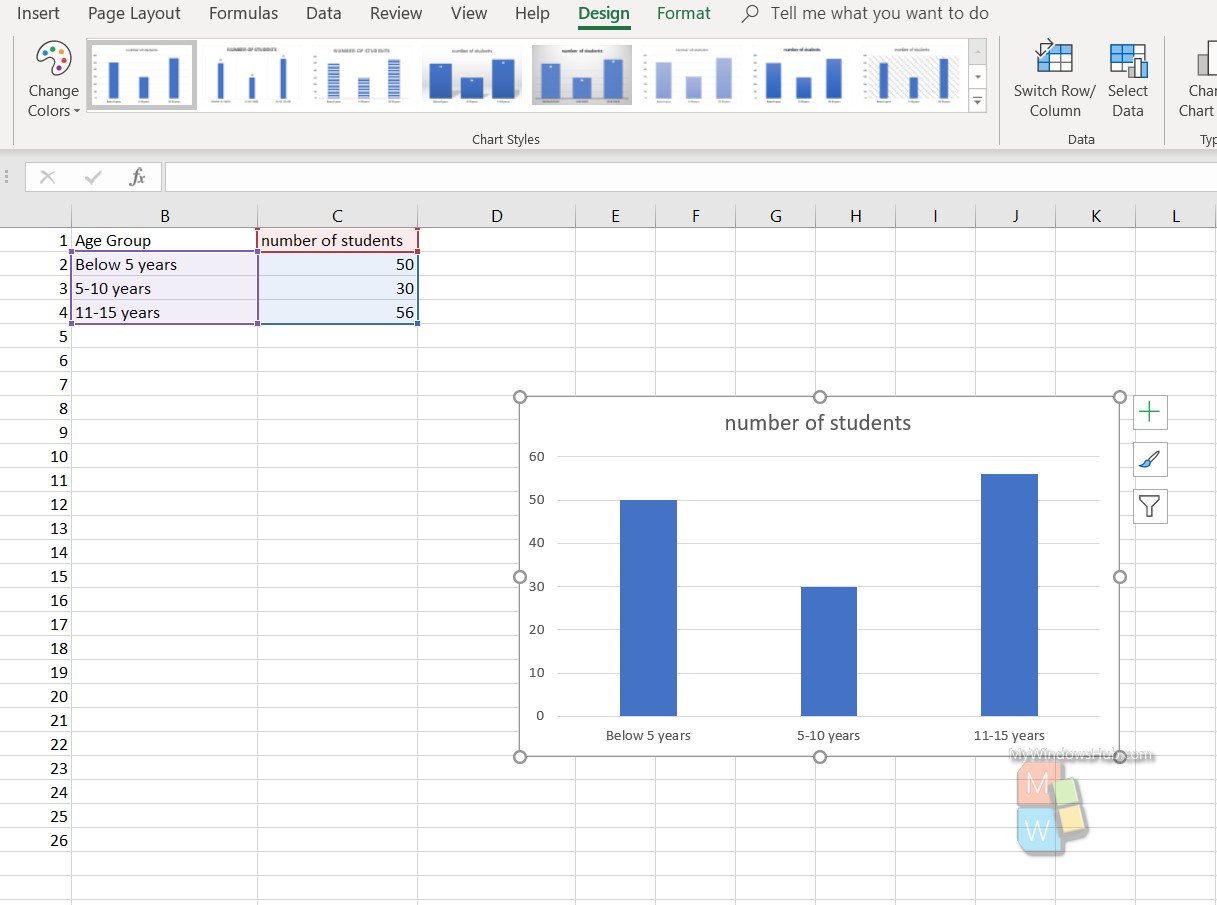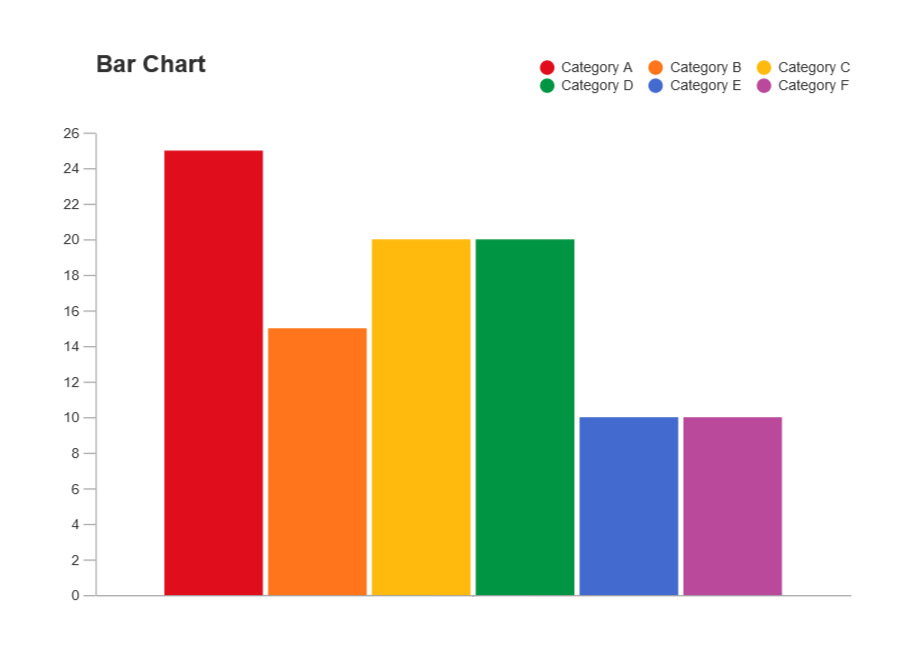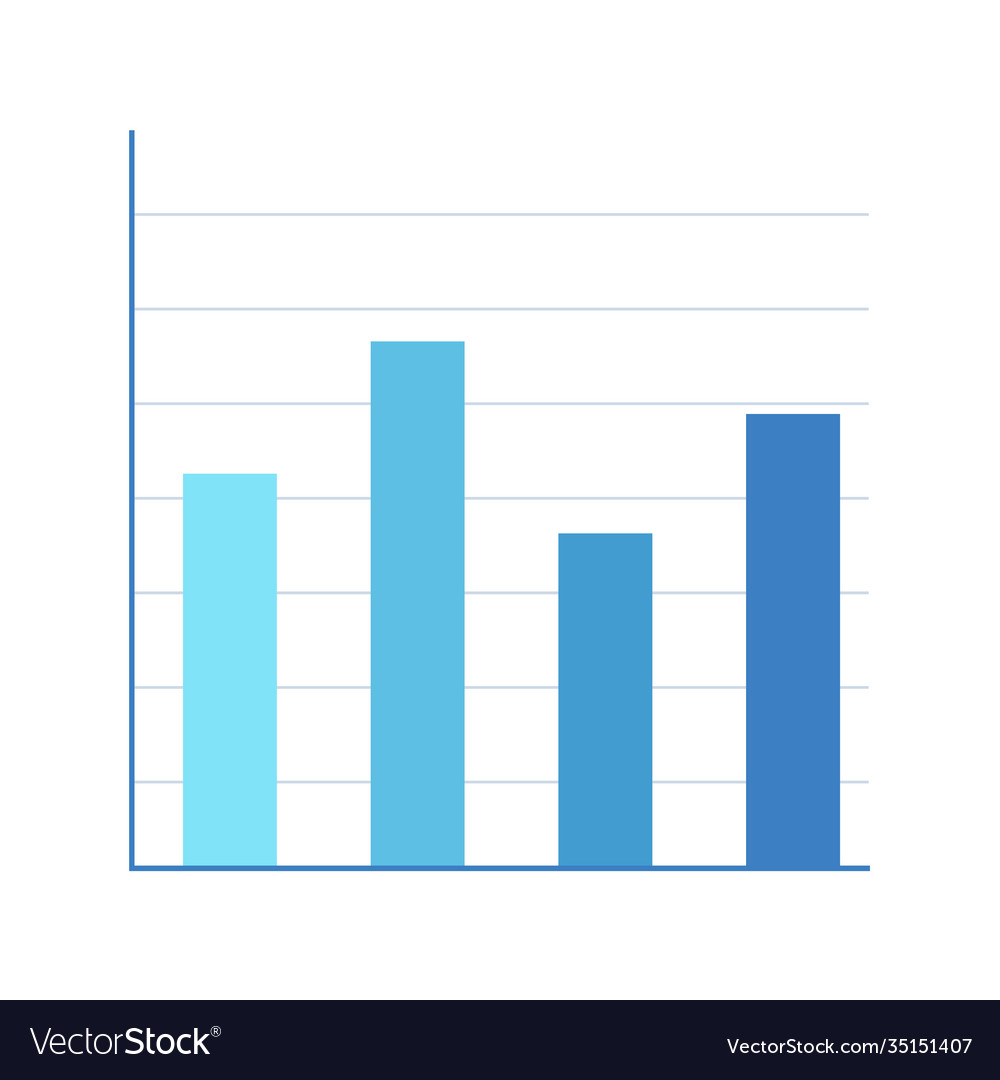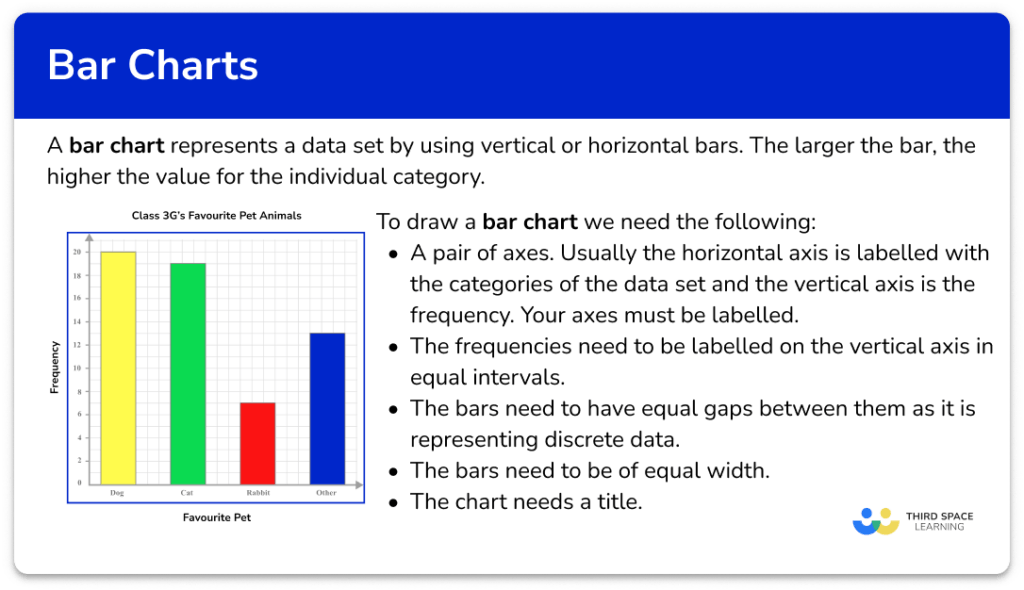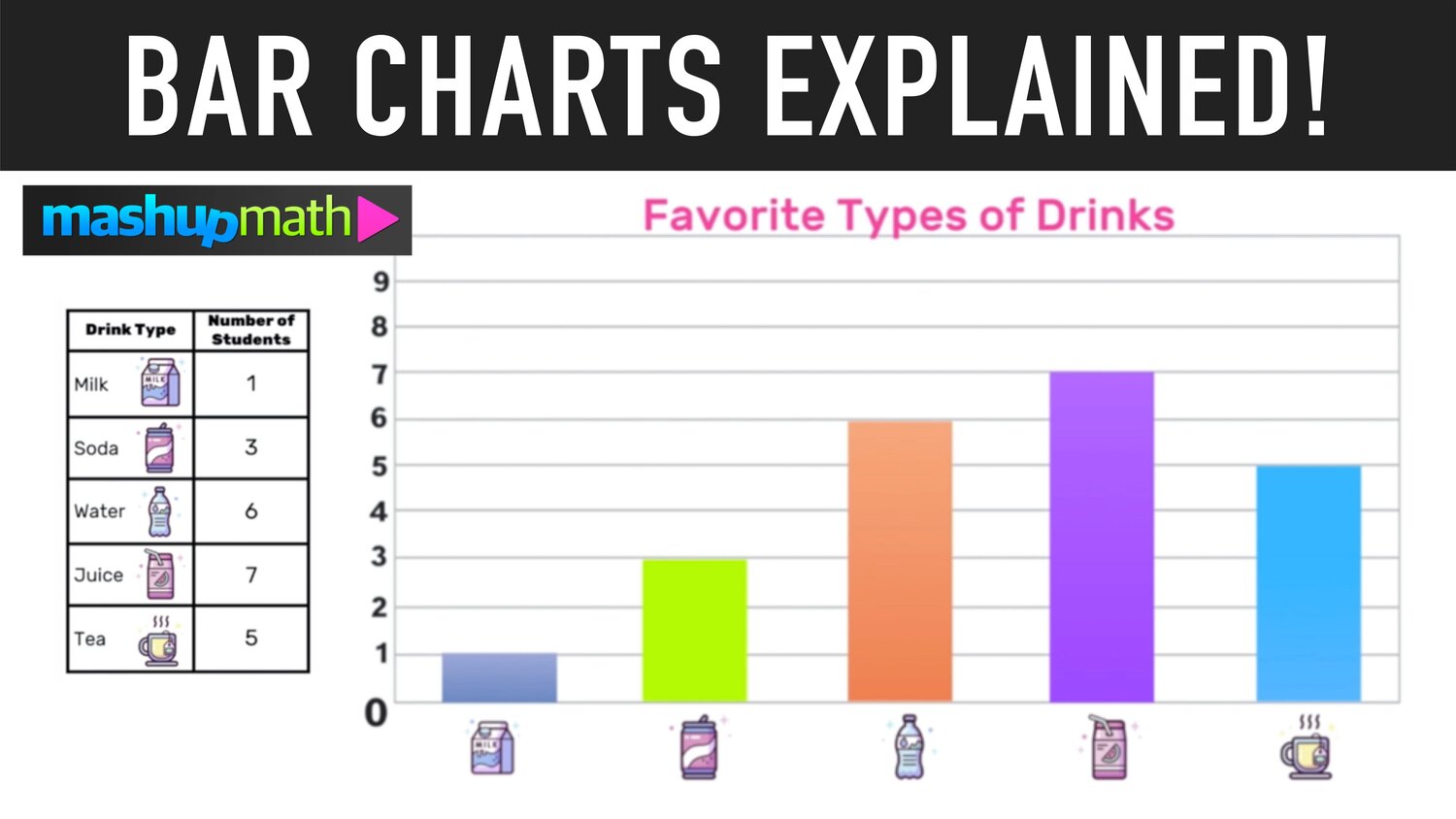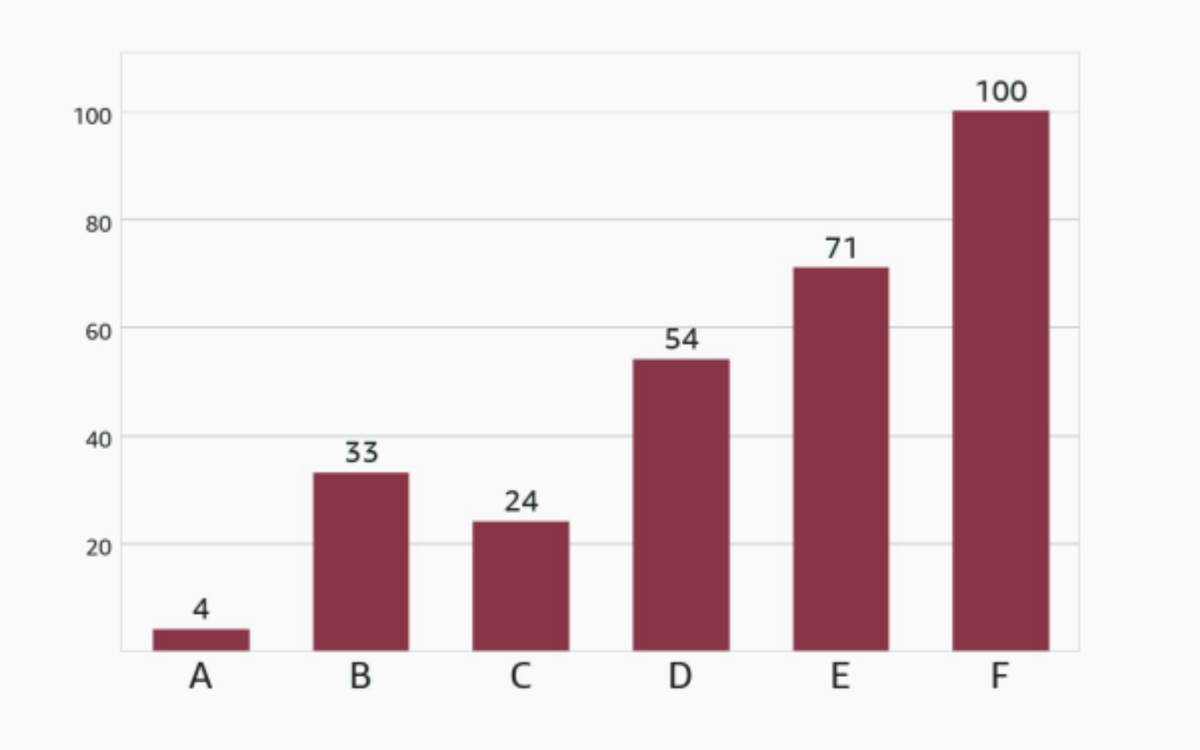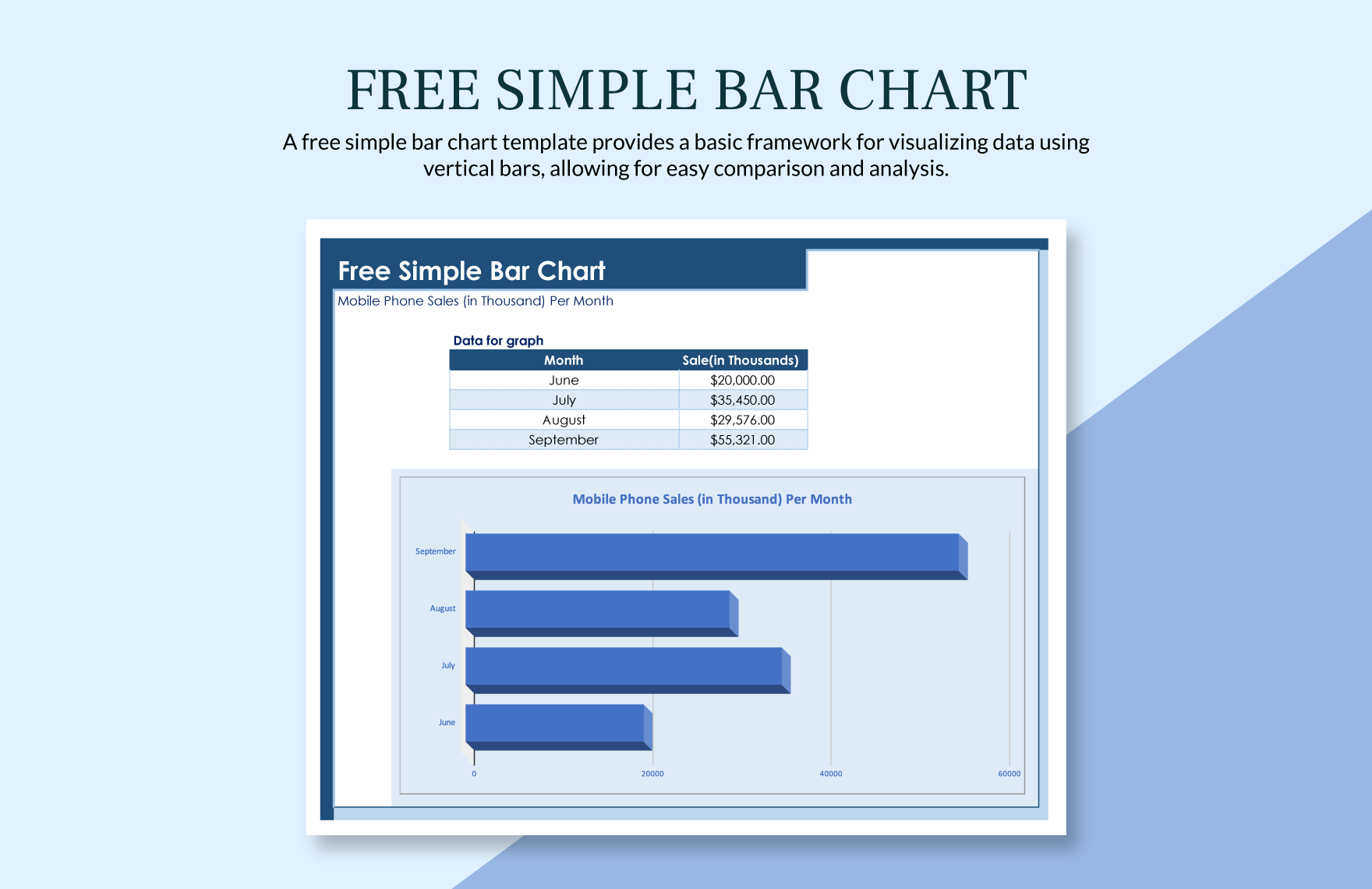Perfect Tips About Why Do We Use Simple Bar Charts Create A Line With Markers Chart
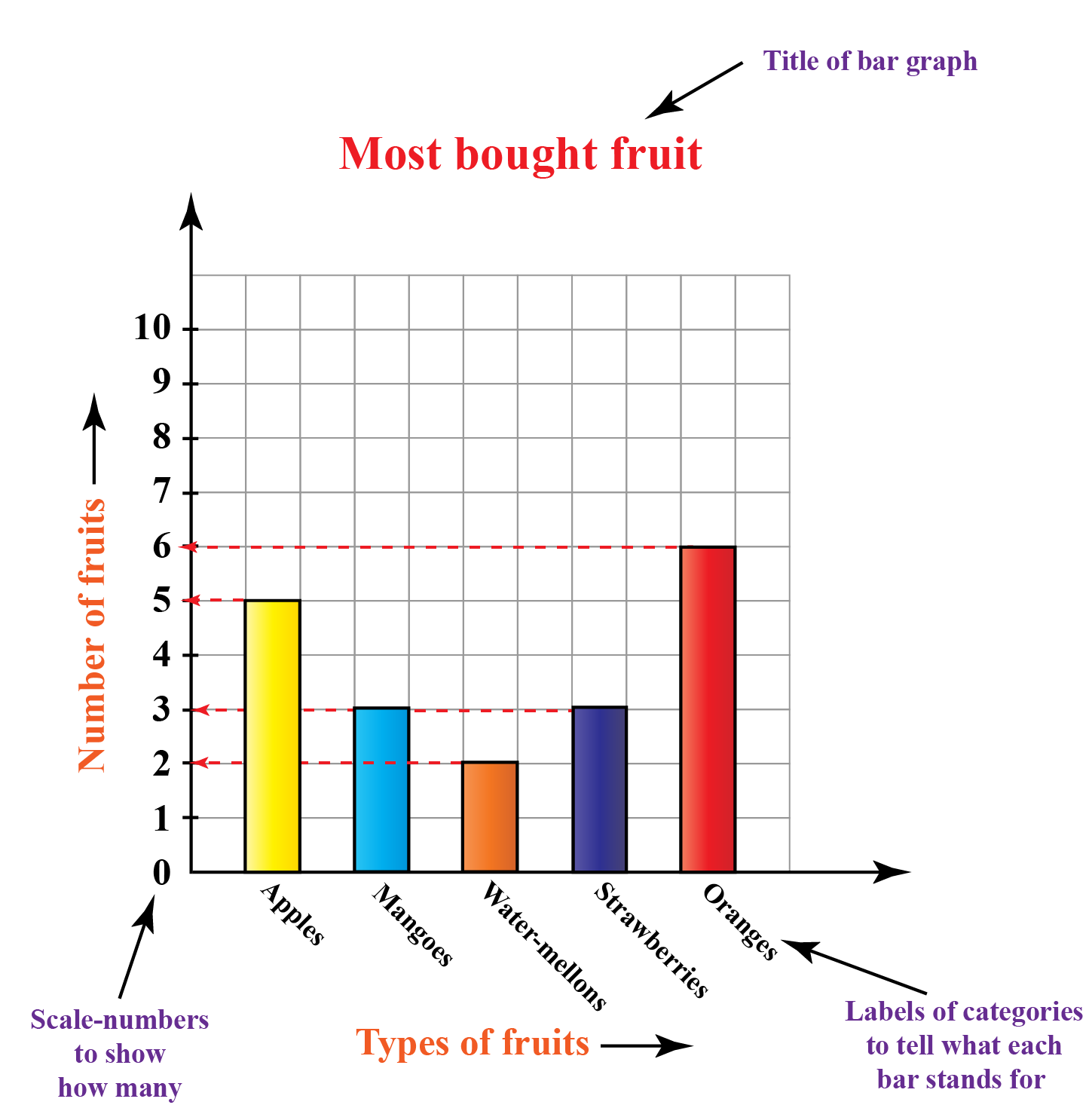
For example, bar charts show variations in categories or subcategories scaling width or height across simple, spaced bars, or rectangles.
Why do we use simple bar charts. A bar chart uses rectangular bars to show and compare data for different categories or groups. Bar charts highlight differences between categories or other discrete data. Bar charts enable us to compare numerical values like integers and percentages.
They’re quick to create, show comparisons clearly, and are easy for the audience to understand. How can i create a chart in excel? Change chart type or location.
This article discusses different types, when to use bar graphs, how to make bar charts, and bar graph examples. In this guide, we'll cover: The main benefit of using a bar chart to represent data is that we can quickly calculate statistics such as the mean, mode and range for a set of data.
In a simple bar graph, the comparison can be made based on only one parameter. Bar charts help us to see patterns and differences in the data. Why do we use charts in excel?
One reason is that they make it really easy to compare different categories. The bars represent the values, and their length or height shows how big or small each deal is. It is basically a graphical representation of data with the help of horizontal or vertical bars with different heights.
They use the length of each bar to represent the value of each variable. The main purpose of a bar graph is to compare quantities/items based on statistical figures. Why do we use bar charts?
The building society is the latest to slash rates, after hsbc yesterday and barclays on monday. Bar graphs and column charts. One reason is that they make it really easy to compare different categories.
Types of bar charts in excel. Bar graphs are ideal for comparing data such as sales performance across product categories or customer demographics. Why do we use bar charts?
Other graph types show only a single data set or are difficult to read. Bar graphs are the pictorial representation of data (generally grouped), in the form of vertical or horizontal rectangular bars, where the length of bars are proportional to the measure of data. Overall, there are many reasons why we use bar charts to organise our data.
The length of each bar is proportional to the value they represent. Bar graphs are an excellent way to present comparisons and changes in data over time. From a bar chart, we can see which groups are highest or most common, and how other groups compare against the.


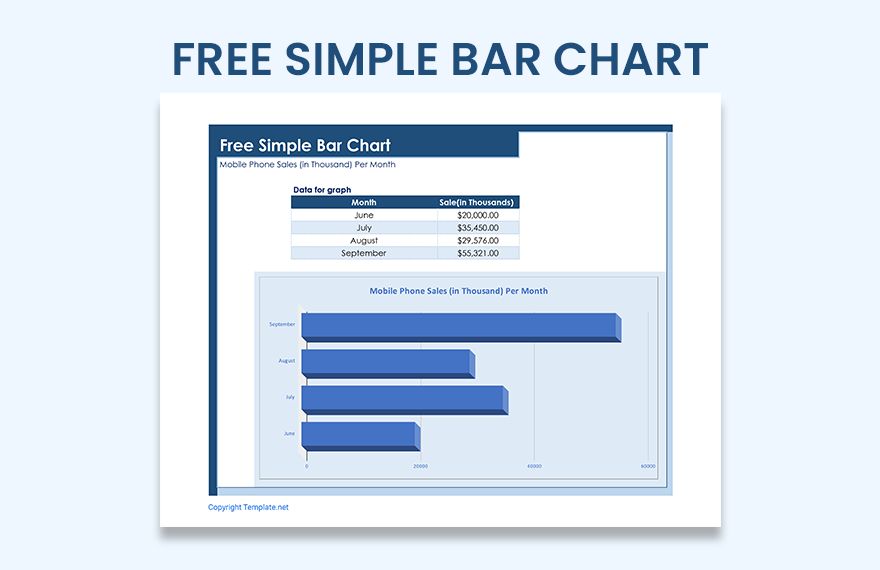
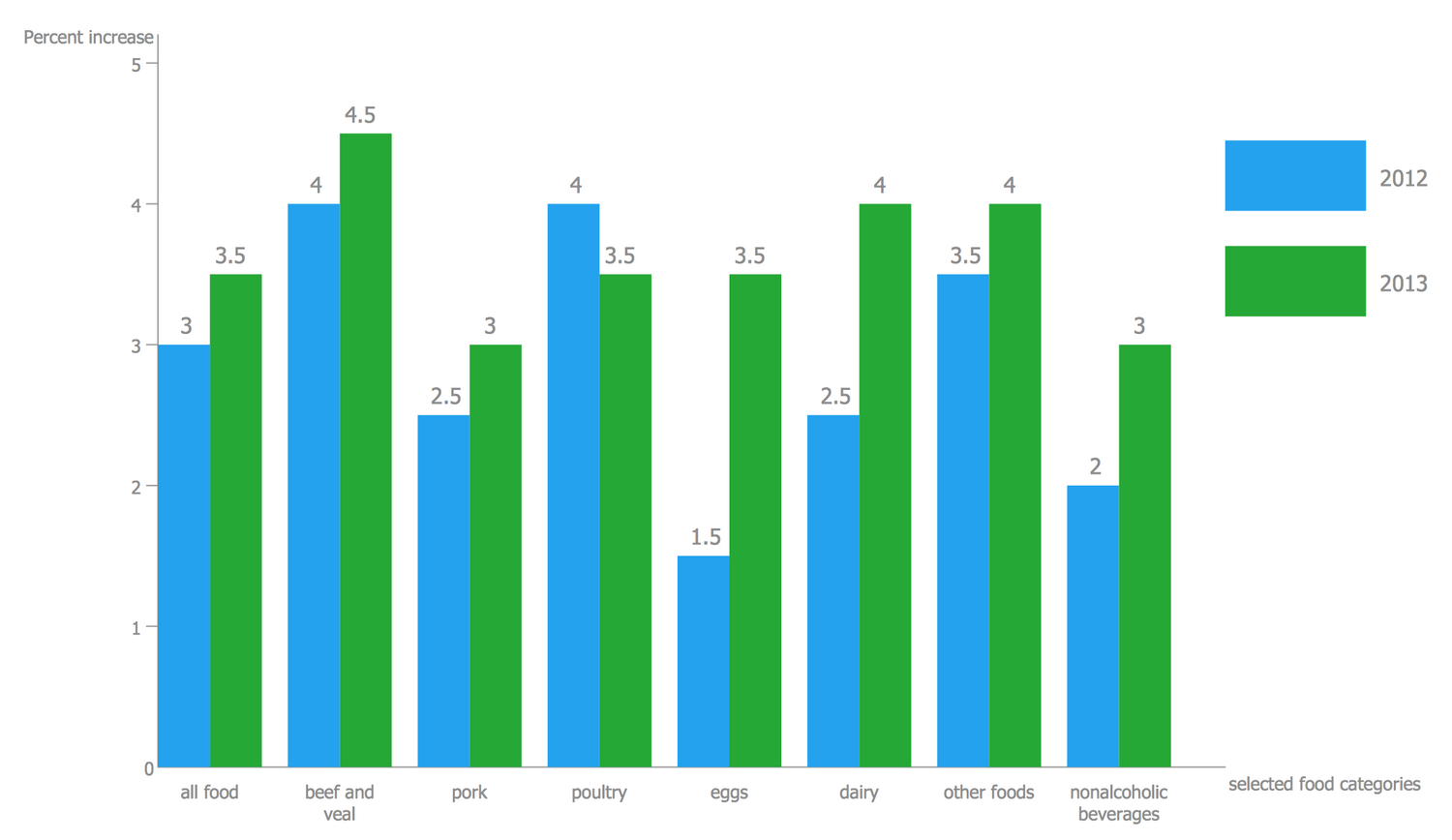




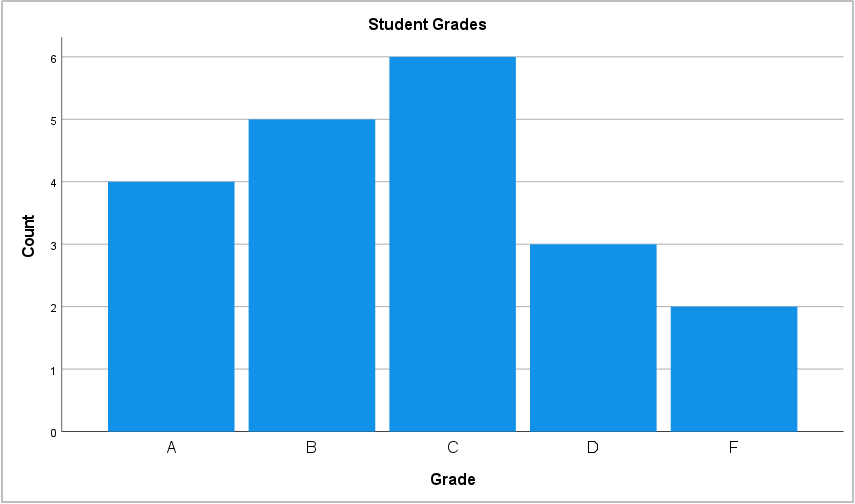


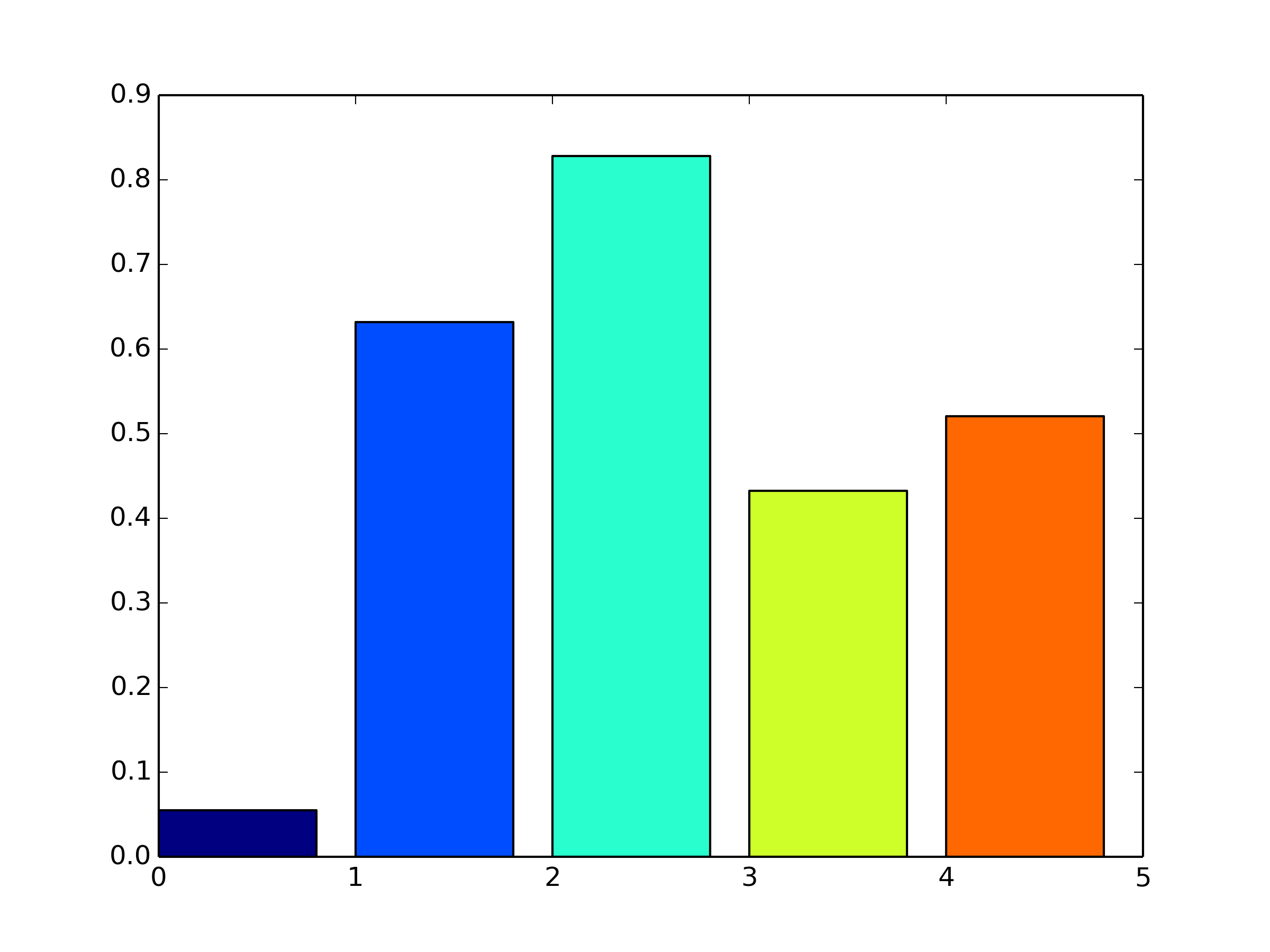
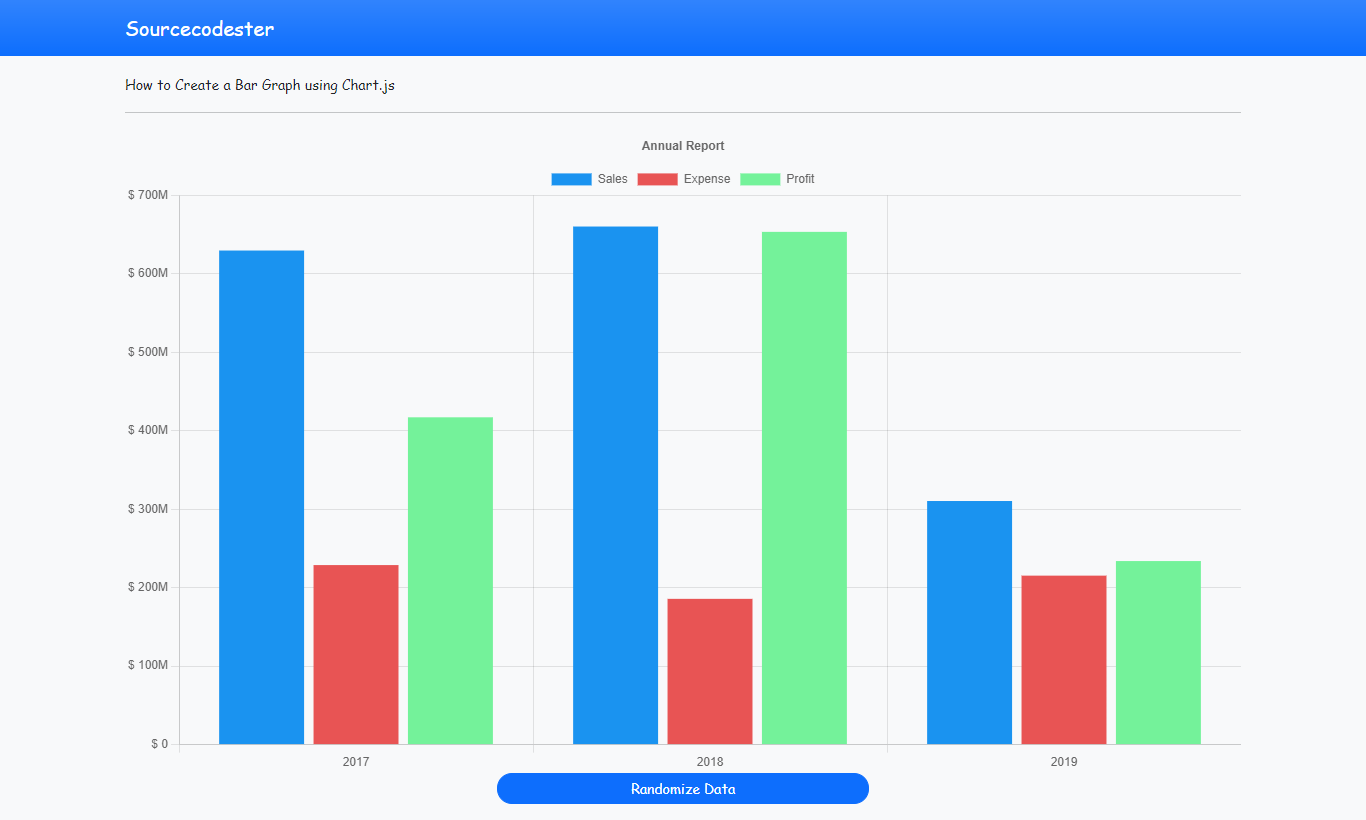
![What is Bar Graph? [Definition, Facts & Example]](https://cdn-skill.splashmath.com/panel-uploads/GlossaryTerm/7d3d0f48d1ec44568e169138ceb5b1ad/1547442576_Bar-graph-Example-title-scale-labels-key-grid.png)

